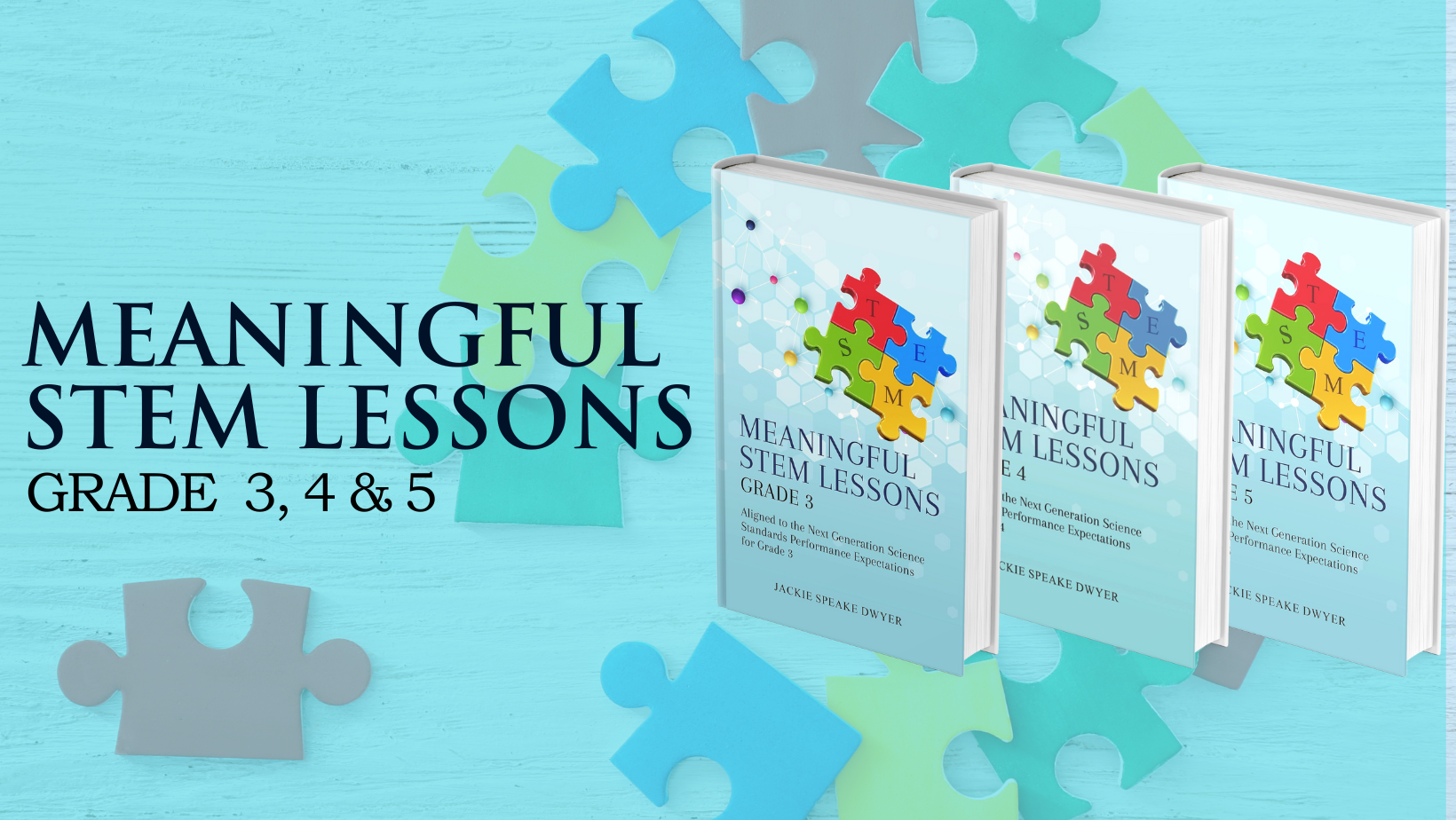The 5E Instructional Model is a widely recognized framework for designing effective science and STEM lessons. Developed by the Biological Sciences Curriculum Study (BSCS), this model consists of five phases: Engage, Explore, Explain, Elaborate, and Evaluate. Each phase plays a distinct role in guiding students through a learning journey that is inquiry-based and rooted in constructivist principles. In this blog, we’ll explore each phase of the 5E model, discuss its benefits in STEM education, and offer practical examples of how educators can use this framework to create successful STEM lessons.

Engage: Capturing Students’ Attention
The 5E paradigm begins with the Engage phase, in which teachers draw students in and spark their curiosity. The intention is to pique students’ curiosity and encourage them to investigate a specific idea or phenomenon. To keep students interested, teachers can employ thought-provoking questions, movies, demonstrations, or real-world situations.
Example: To introduce a lesson on electricity, a teacher might begin with a simple demonstration of static electricity using a balloon and hair. This visual and tactile experience can stimulate curiosity and prompt students to ask questions about how and why it happens.
Explore: Hands-On Learning
Students study the ideas presented during the Engage phase through practical exercises and experiments during the Explore phase. This stage of the process aims to promote inquiry and cooperative learning among students as they investigate and gather information.
Example: Continuing with the electricity lesson, students could work in groups to build simple circuits using batteries, wires, and light bulbs. This hands-on activity allows them to experiment with different circuit configurations and observe the outcomes.
Explain: Building Understanding
Teachers assist students in making sense of their observations and experiences during the Explain phase. During this stage, teachers assist students in talking about their research, drawing connections, and developing a deeper comprehension of the ideas. To help with this process, teachers can employ group discussions, visual aids, and questioning strategies.
Example: After exploring circuits, the teacher might lead a discussion on why some configurations worked while others didn’t. This could involve introducing key terms like “open circuit” and “closed circuit,” as well as explaining the flow of electricity in simple terms.
Elaborate: Applying Knowledge
Students have the opportunity to apply their newly acquired knowledge to novel settings or challenges during the Elaborate phase. This phase pushes students to use their skills in many circumstances, which fosters creativity and increases comprehension.
Example: In the electricity lesson, students might be tasked with designing a basic electrical system for a small model house. This project allows them to apply their understanding of circuits to a real-world context, fostering problem-solving skills and creativity.
Evaluate: Assessing Understanding
In the last stage, Evaluate, students’ comprehension and learning objectives are evaluated. During this stage, educators can assess how well the class went and pinpoint areas that need work. There are many different ways to evaluate someone, such as through surveys, reports, presentations, and peer reviews.
Example: To assess students’ understanding of circuits, the teacher might give a short quiz or ask students to create a presentation explaining their circuit designs for the model house. This evaluation provides valuable feedback on student learning and helps guide future instruction.
Conclusion
The 5E Instructional Model provides a thorough foundation for creating effective STEM lesson plans. The five processes of engagement, exploration, explanation, elaboration, and evaluation can help educators design inquiry-based classes that encourage critical thinking and deeper learning. This framework is an invaluable resource for STEM instructors at all levels because it promotes teamwork, creativity, and hands-on learning.
Ready to Transform Your STEM Teaching Approach? Discover the framework for successful STEM lessons with Jackie Speake Dwyer’s Meaningful STEM Lessons Grade 3 by clicking here: https://amz.run/9BwZ. Aligned with the 5E Instructional Model and NGSS, these ready-to-use lessons ensure an engaging, inquiry-based experience that reinforces essential science concepts. Explore Meaningful STEM Lessons Grade 4 from here: https://amz.run/9Cqh and Meaningful STEM Lessons Grade 5 from here: https://amz.run/9Cqh to further enrich your teaching repertoire. Elevate your STEM teaching to new heights—get your copies today and inspire a generation of curious minds!